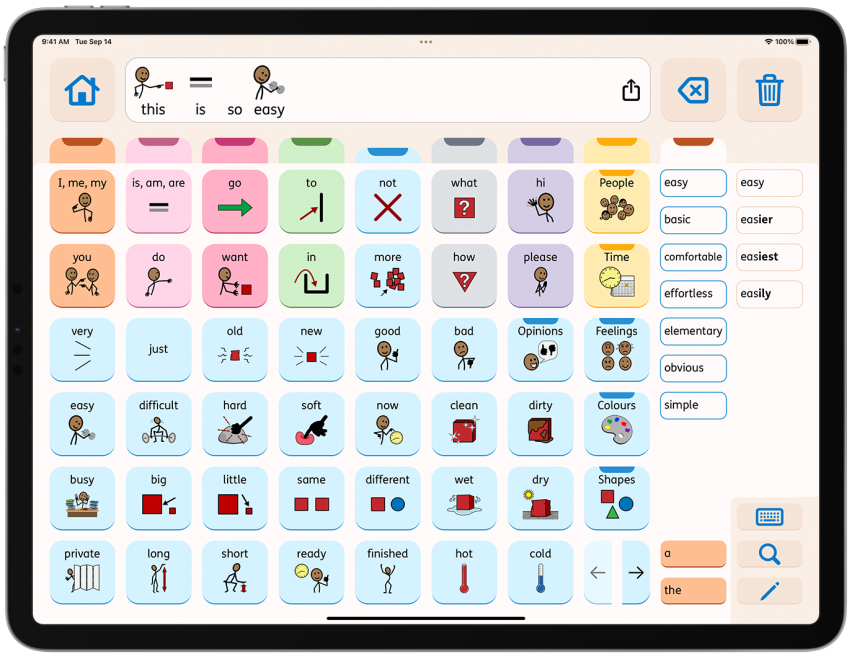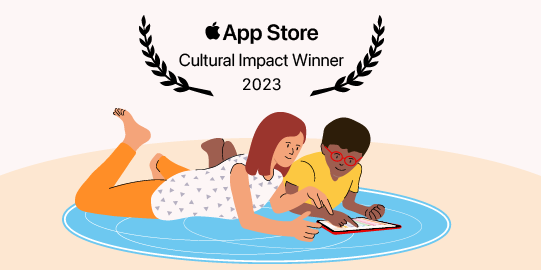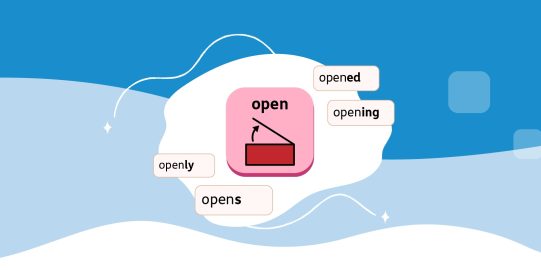Describing words
Proloquo’s Crescendo Evolution™ vocabulary generally groups words by part of speech. Most adjectives and adverbs are in the describing words (blue) tab. However, words that describe a position are combined with prepositions in the green tab. The green tab, therefore, includes some adjectives, such as low and left.
Adverbs such as easily are offered as an inflection (word form) of the more frequently used adjective form (easy). Comparative and superlative forms are also accessed as an inflection.
The blue tab includes four folders with specific types of describing words: Opinions, Feelings, Colors, and Shapes.
Specific adjectives
Some adjectives appear in the folders in the fringe (yellow) tab. These are typically more specific descriptors that are closely tied to specific domains. Think of words such as delicious and yucky in Food.
Other words can be used as both a verb and an adjective. These may be found in the pink or blue tabs depending on whether they are used more often as a verb or as an adjective. Think of words such as open (in the pink tab) or quiet (in the blue tab). In such cases you will also be able to access a verb form such as quiets as well as the adverb quietly and even the comparative quieter and superlative quietest in a single place.
Related Words
As is the case for most words in Proloquo, adjectives also provide Related Words™. Generally these allow the user to be more specific. For example, the word good on the Home page is very general. But its related words offer nuances such as excellent, fine, great, kind, and pleasant. Related words often provide a chance to add some sparkle and interest to the message.
Some adjectives are used too infrequently to give them a button of their own. Many of those adjectives can be found as a Related Word of a more common adjective.
Clustering
In Crescendo Evolution™ buttons are not organized alphabetically but clustered conceptually. Alphabetic organization may help literate adults to initially find words as they learn a new system. But it does not help young AAC users still developing language and literacy. It also does not aide in developing motor-memory for the location of words. In the end, we gave priority to: (1) long-term efficiency, with the most frequently used words on the first page of each tab and (2) making sure the words from the Home page would be in the exact same spot on the first page of the opened tab. Both of these things are not possible with an alphabetic organization.






